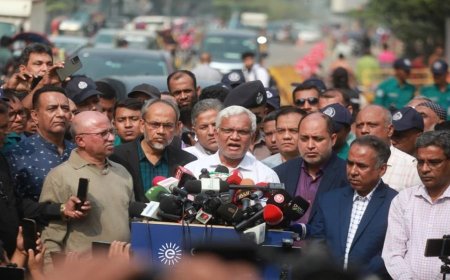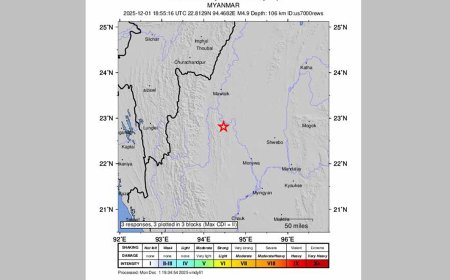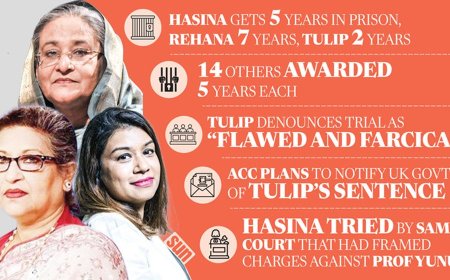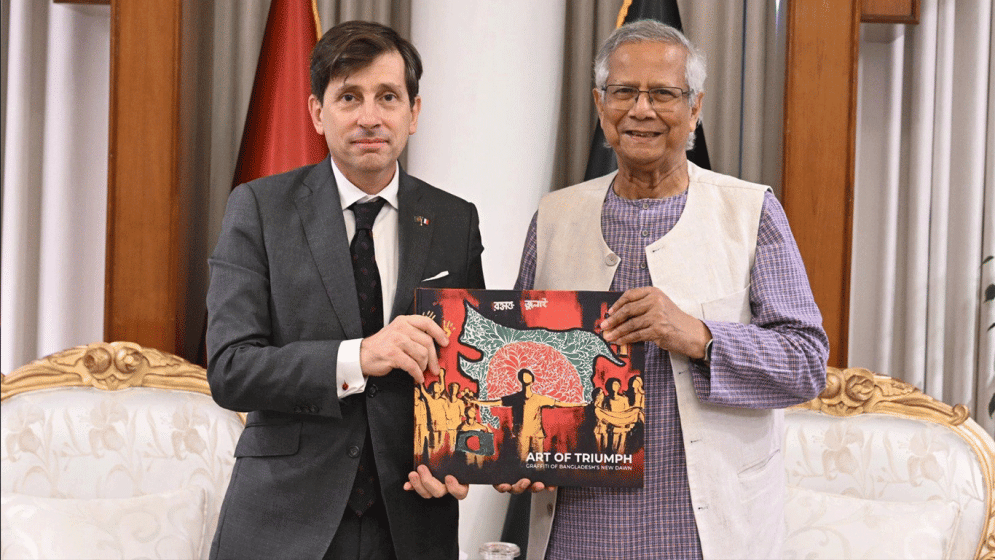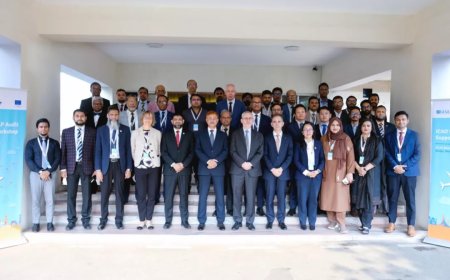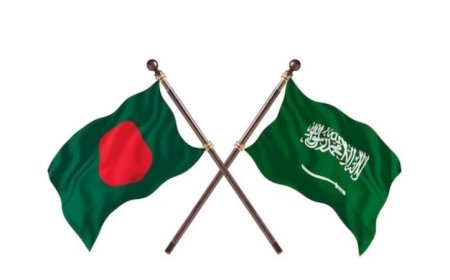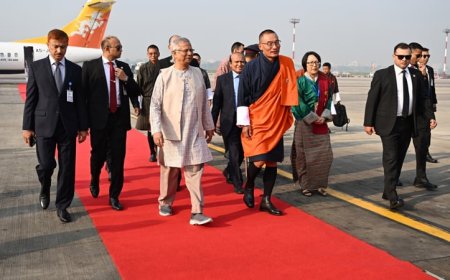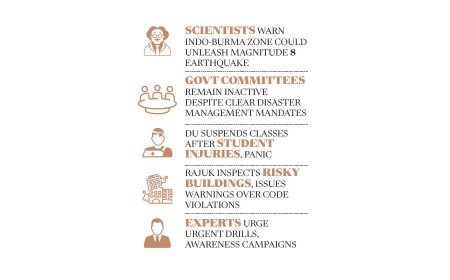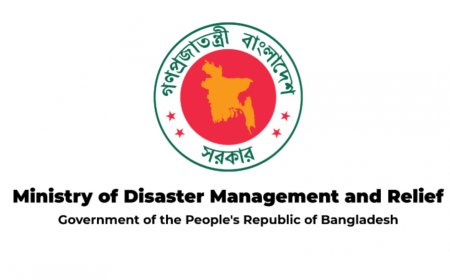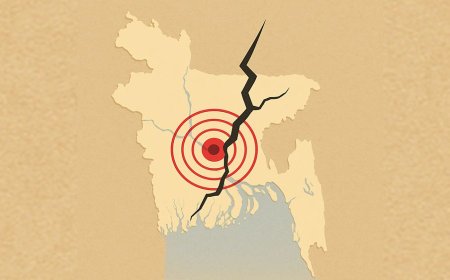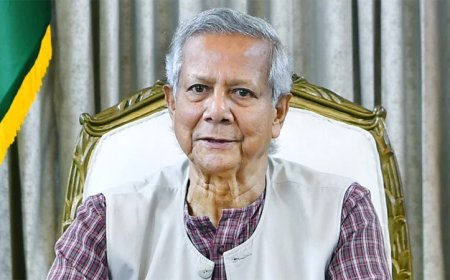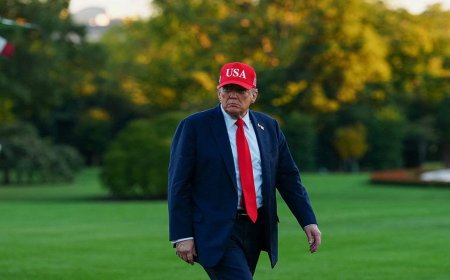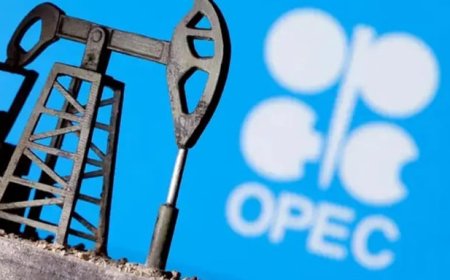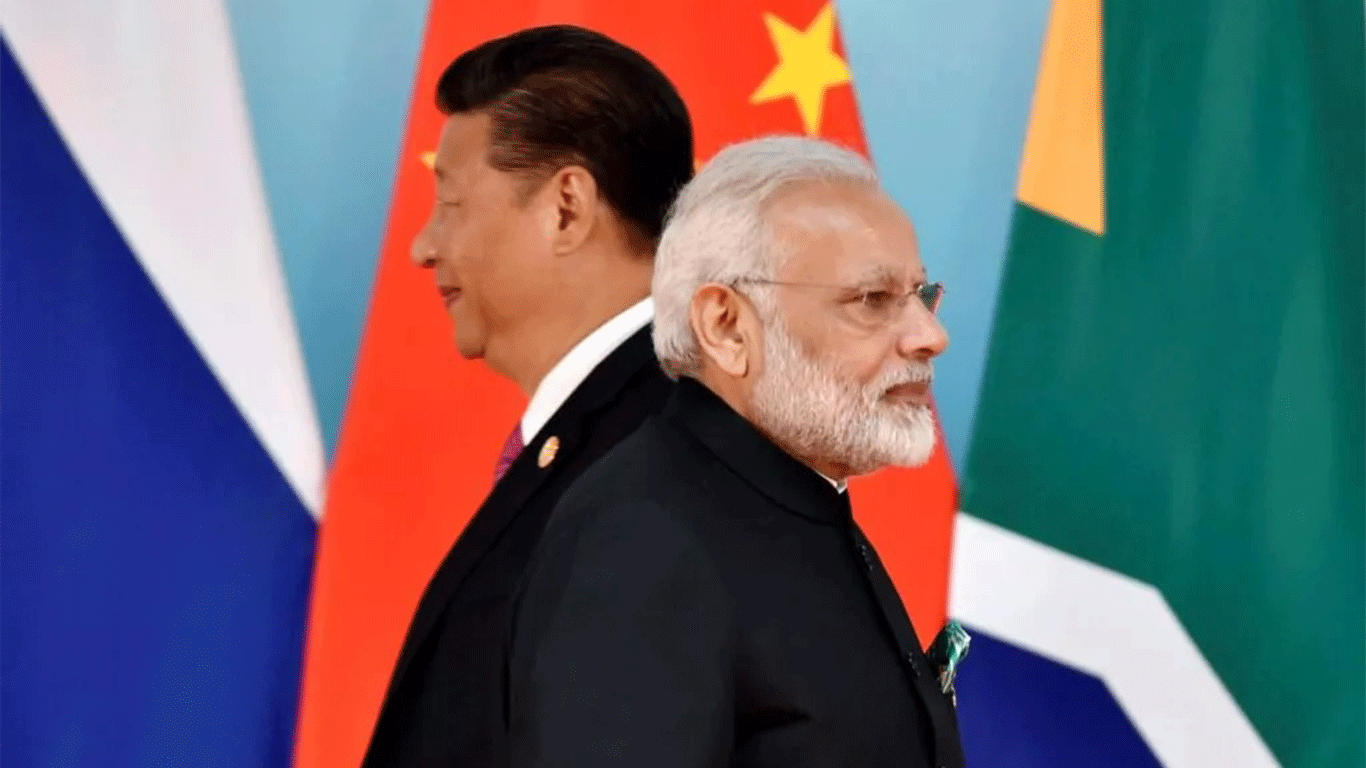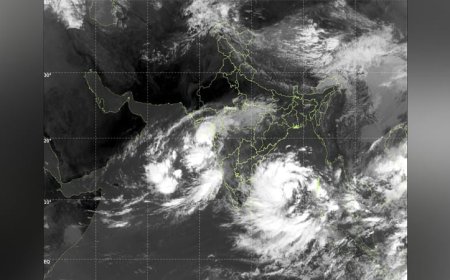How Bangladesh Can Strengthen Its Position as a Ready-Made Garment Export Hub Amid Global Conflicts
How Bangladesh Can Strengthen Its Position as a Ready-Made Garment Export Hub Amid Global Conflicts

Bangladesh's Rise as a Global Textile Hub Amid Shifting Trade Dynamics
For years, China has dominated the global textile industry. However, changing trade policies, rising production costs, and geopolitical tensions are reshaping the landscape. Despite Beijing’s recent efforts to attract foreign investment, the reality on the ground tells a different story.
Last month, the U.S. imposed an unprecedented 10% general tariff on Chinese goods, increasing the total tariff to nearly 35%. China swiftly retaliated with tariffs on $21 billion worth of U.S. exports, escalating trade tensions. As a result, major Western clothing brands are moving their supply chains away from China—not just for cost reasons but to mitigate geopolitical risks. Companies like Steve Madden and PVH Corporation (owner of Calvin Klein and Tommy Hilfiger) have already begun withdrawing from China.
As China’s dominance wanes, Bangladesh is emerging as a competitive alternative. The country is now the world’s second-largest apparel exporter, accounting for 7-8% of global apparel exports. With a standard U.S. import duty of just 15.6%, Bangladesh enjoys a clear cost advantage over China. In 2024, Bangladesh’s apparel exports exceeded $38 billion, with exports to the U.S. rising by 27% and to the EU by 38%, significantly outpacing China's growth.
The COVID-19 pandemic accelerated this shift. While China’s garment exports to the U.S. dropped by 31%, Bangladesh quickly recovered, leveraging its agility to focus on personal protective equipment (PPE) production. This adaptability reinforced Bangladesh’s role as a key destination for "friendshoring"—relocating supply chains to geopolitically stable countries.
Fast fashion giants like H&M, Zara, Walmart, and Target have deepened their ties with Bangladesh. Chinese companies are also relocating to Bangladesh to bypass tariffs and capitalize on trade benefits. This synergy is positioning Bangladesh as a major hub for global supply chains.
Bangladesh has also emerged as a leader in sustainable textile production, with 229 LEED-certified factories prioritizing energy efficiency, water conservation, and waste reduction. With global brands facing increasing pressure to adopt eco-friendly practices, Bangladesh’s commitment to sustainability enhances its competitive edge.
Furthermore, automation and technological advancements are bolstering productivity and quality. More than 80% of factories plan to integrate advanced machinery by 2025. Investments in synthetic fiber textiles, digital wage systems, and factory modernization demonstrate Bangladesh’s ambition to move up the value chain.
However, challenges remain. Vertical integration issues can cause delays in raw material transport, affecting North American deliveries. Additionally, as Bangladesh prepares to graduate from Least Developed Country (LDC) status in 2026, ensuring continued trade benefits through agreements like the EU’s GSP+ scheme will be crucial.
Despite uncertainties in global trade, Bangladesh is well-positioned to transform short-term gains into long-term leadership. By presenting itself as a sustainable, reliable, and cost-efficient alternative to China, Bangladesh can solidify its standing as a dominant player in the global textile industry.
What's Your Reaction?







